Stavanger, Norway, visit the gateway to the fjords
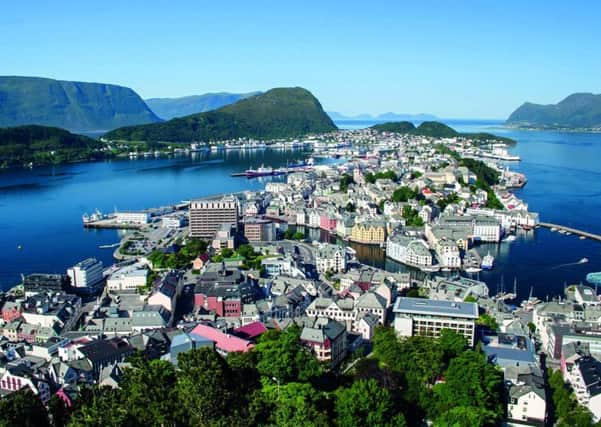

Tell anyone you’re going to visit Norway and you’re almost guaranteed an envious look.
There’s something about the Scandinavian countries that gives them a special appeal. Norway and its Nordic neighbours are regularly at the top of the table of international reputations, scoring highly for the prized characteristics of being welcoming, safe and beautiful.
Advertisement
Hide AdAdvertisement
Hide AdAnd now, thanks to a new direct flight from Edinburgh to Stavanger with Loganair four days a week, it’s possible to be in Norway quicker than London.
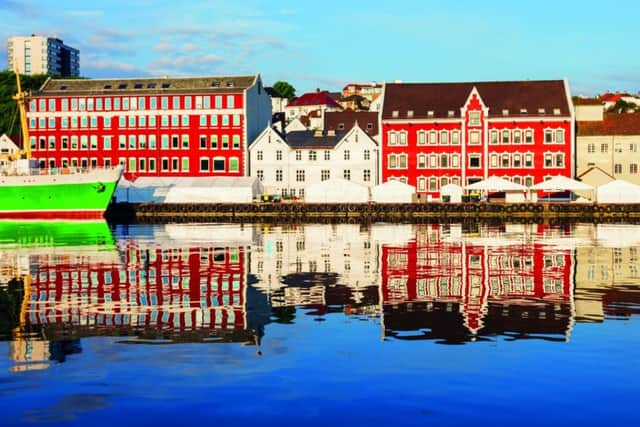

Stavanger, a city of 130,000, is known as Norway’s oil capital but it is also the gateway to the Norwegian fjords and the one-hour flight makes a long weekend among the stunning scenery of water and mountains eminently do-able.
We had beautiful weather for our visit, the highlight of which was undoubtedly the three-hour cruise to Lysefjord, the boat sailing past soaring mountains which rise from the sea, slowing right down to get through narrow gaps and revealing new vistas all the time.
The name Lysefjord means “light fjord” and is said to reflect the lightly coloured granite found there. Towering nearly 2,000ft above the water is the famous flat-topped Pulpit Rock (Preikestolen) – where Tom Cruise was filmed battling with co-star Henry Cavill for the 2018 action spy movie Mission Impossible: Fallout. We viewed this mighty landmark from below, but people also hike to reach the high plateau and sit with their feet dangling over the edge.
And there are other attractions in Lysefjord. The boat first nosed its way to the entrance of Vagabond’s Cave, a rocky inlet where legend has it a group of fugitives took shelter and hid for months to escape the authorities.
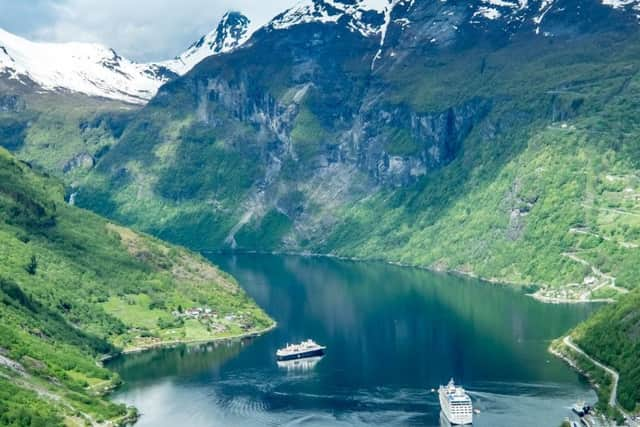

Then we got up close to an isolated herd of goats surviving on a grassy slope at the foot of one of the mountains.
And finally the boat stopped at the mighty Hengjane waterfall and nudged close enough for a member of the crew to use a bucket on a pole to collect some of the pure mountain water and offer everyone a cupful.
The cruise boat was modern, clean and comfortable. We remained out on the top deck for much of the journey to make the most of the views, but for those preferring warmth and shelter, the spacious lounge inside the boat had huge floor-to-ceiling windows to allow passengers to enjoy the full impact of the spectacular surroundings.
Advertisement
Hide AdAdvertisement
Hide AdBack on land the Norwegian Petroleum Museum didn’t sound much like an afternoon of family fun but it turned out to be a genuinely interesting place with original objects, large models of oil rigs, short videos and interactive exhibits to explain how oil and gas are created and explore the technological advances from the earliest days of the industry right up to date. There was a diving bell where you could inspect the cramped conditions in which some of those on the front line of oil exploration had to operate, headgear which allowed you to hear how muffled colleagues’ voices would be underwater, and a “catastrophe room” where visitors brave enough to volunteer could see what it’s like trying to escape from an oil installation in an emergency: in a pitch-black space with sirens going off, you had to feel your way past obstacles and through hatches and get out in two minutes.
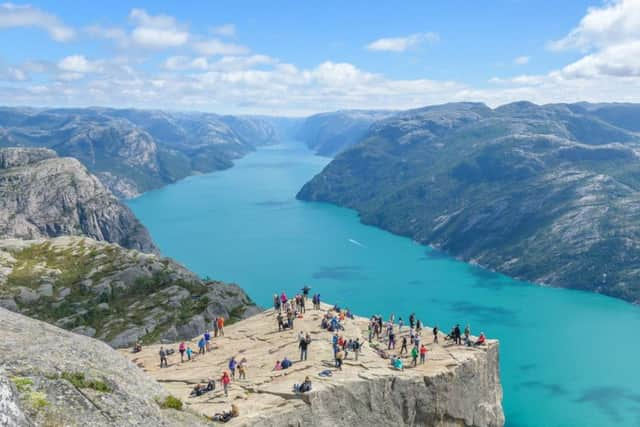

The museum, which opened in 1999 and has 100,000 visitors each year, also tells the story of Norway’s Oil Fund, set up to spread the income from the oilfields well into the future. And there’s a new exhibition, just opened – “Climate for Change” – which focuses on the environmental crisis and warns that petroleum-producing countries could be the losers. It asks: “Might someone take legal action to demand Norway’s Oil Fund as compensation for the destruction of their livelihood?”
Before oil and gas, Stavanger relied on fishing and had a thriving canning and refrigeration industry until the 1950s.
It’s a small city with a compact centre clustered around the harbour. The oldest part has streets of 18th century white-painted wooden houses and the cathedral dates back to 1125, when the city was founded. It is being refurbished ready for its 900th anniversary.
Our hotel, the Victoria, was just across the road from the harbour with great views of the visiting ships.
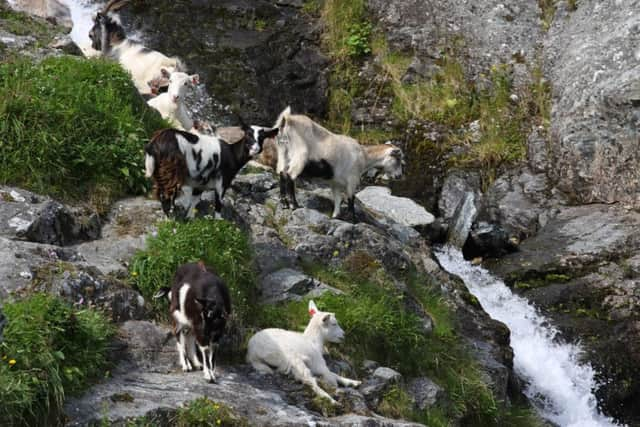

The harbour front is lined with bars and restaurants. In mid-May the sun didn’t set till nearly 10pm and the outside seating areas were buzzing till late with people enjoying the warm-ish evenings.
Fish is, of course, a key part of Norwegian cuisine and we enjoyed a wide variety of seafood dishes at a succession of excellent restaurants – from the hearty bowl of fish soup served as a starter at Skagen to tasty ling with root vegetable and shellfish sauce at the Fishmarket and cod on a bed of pearl barley risotto and spinach at Gaffel & Karaffel (which translates as Fork and Decanter).
There is also interesting art and culture on offer in Stavanger. Our visit coincided with the Maijazz festival with around 40 concerts over a week.
Advertisement
Hide AdAdvertisement
Hide AdAnd the city claims the world’s oldest street art festival. It began 18 years ago and happens in September, but many of the artworks remain for years. And they’re not just murals. Among the works which can still be seen are grey electricity cabinets painted to look like blocks of flats; and figures of men in business suits just a few inches high carefully placed on obscure ledges around the city, their near invisibility offering a contrast with traditional large statues of men of power.
Stavanger also has a series of half-buried statues by Antony Gormley at various points in the city, almost identical to the ones in Edinburgh’s Water of Leith.
Just half an hour’s drive from Stavanger is Dalsnuten, a mountain 324m high with marvellous views, which is quite easy to climb. For much of the route, slabs of rock have helpfully been arranged as stepping stones and steps to help with the ascent, making it a popular spot for families with young children.
After scaling the peak we also managed a stop at one of several beaches in the area, at Olberg, a large sandy bay that’s ideal for swimming.
There’s lots to pack into a three-day visit – or you could just decide to stay longer.
FACTFILE
Loganair fares from Edinburgh to Stavanger start at £85.99 one-way
Summer rates at the Victoria Hotel are from 1040 NOK (£94.10) for a single room; 1,140 NOK (£103.2) for a double, though flexible according to availability
Rodne fjord cruises to Lysefjord are 550 NOK (£49.80) (Mar-Oct) and 470 NOK (£42.50) (Nov-Feb)